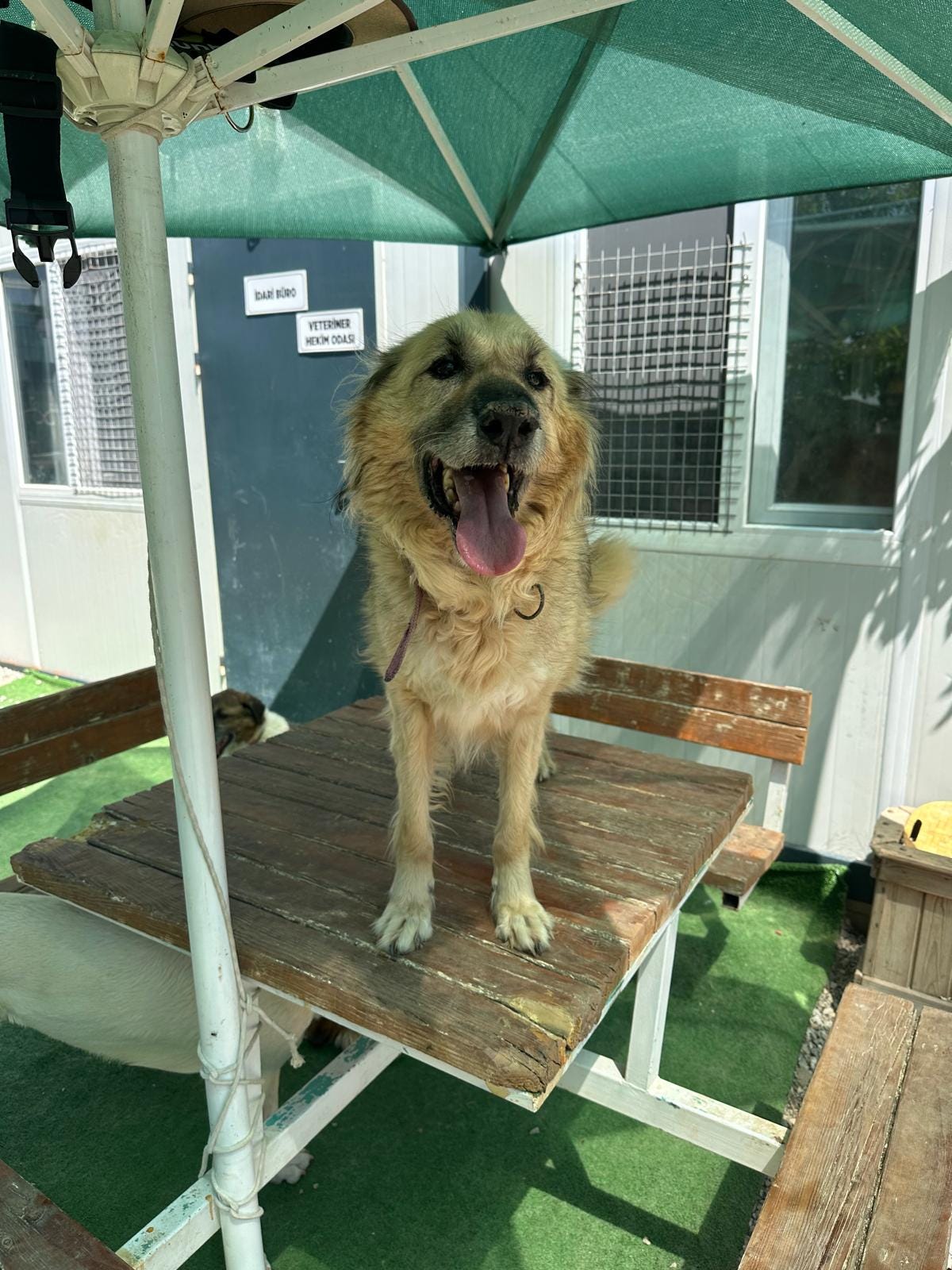Jess & Cesur: United by Pain, Transformed by Compassion
Jess and Cesur, two beautiful and affectionate former strays, have something deeply painful in common—they both fell prey to leishmaniasis
What Is Leishmaniasis?
Canine leishmaniasis is a parasitic disease with two main forms: cutaneous (affecting the skin) and visceral (affecting internal organs). The visceral form is the most dangerous and can be fatal without treatment. Symptoms can include:
Weight loss
Hair loss, especially around the eyes and nose
Skin lesions and ulcers
Lameness
Nosebleeds
Enlarged lymph nodes
Kidney failure in advanced cases
Some infected dogs show no outward signs for months—or even years—making early detection extremely difficult, particularly in stray populations with no access to veterinary care.
Why Stray Dogs Are Most at Risk
Stray dogs are at the mercy of their environment. Without shelter, proper nutrition, or medical attention, their immune systems are compromised, making them ideal hosts for parasitic diseases like leishmaniasis. In areas where sandflies thrive—typically warm, humid climates with organic debris and decaying matter—these dogs are particularly vulnerable.
Additionally, infected dogs act as reservoirs for the parasite, which can then be transmitted to other dogs and, in rare cases, humans. This cycle of transmission creates a persistent public health issue and entrenches the disease in local dog populations.
Challenges in Managing Leishmaniasis
Controlling leishmaniasis in stray dog populations is an uphill battle due to several factors:
Lack of awareness: Many people, including policymakers, underestimate the severity of the disease.
Limited resources: In many endemic countries stray dogs are not routinely tested or treated.
Stigma: Stray dogs with visible symptoms are often euthanised or neglected, further entrenching their suffering.
Cost of treatment: Treating leishmaniasis is expensive, often involving regular monitoring.
The Ethical Imperative
At Dog Desk Animal Action, we believe every dog—regardless of whether they have a home—deserves compassion, care, and protection from preventable suffering. While eradication of leishmaniasis is complex, meaningful progress is possible. It begins with:
Education: Raising public awareness about the disease, how it spreads, and how to protect animals and people.
Prevention: Supporting spay/neuter programs, using preventive treatments in high-risk areas, and managing sandfly habitats.
Rescue and Rehabilitation: Treating infected dogs where possible and advocating for better veterinary access in impoverished regions.
Advocacy: Pushing for government-backed disease control programs that include vaccination, regular screenings, and responsible population management.
Our Mission: Rescue. Treat. Protect.
Dog Desk Animal Action is committed to breaking the cycle of suffering. With your help, we can:
✅ Fund diagnosis and life-saving treatment for infected dogs
✅ Provide preventative treatments that repel sandflies
✅ Educate local communities to recognise and respond to the disease
✅ Advocate for humane, science-based policies to manage stray dog populations
But we can't do it without you.
What You Can Do
You don’t have to be on the frontline to make a difference. Here are a few ways to support the fight against leishmaniasis in stray dogs:
Donate to Dog Desk Animal Action, we are active in endemic areas
Sponsor treatment for an infected dog
Raise awareness by sharing information about the disease
Advocate for humane policies in your community or abroad
Countless dogs like Jess and Cesur are out there, still in need of care—your compassion can make sure they’re not alone.




